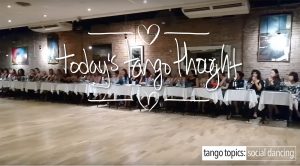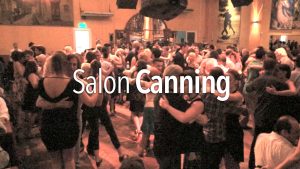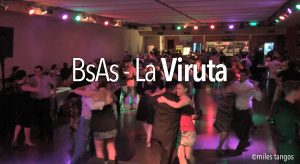Most people don’t enjoy being criticized about anything at all. Think about it for a moment, do you actually enjoy someone telling you that you’re screwing up ? No. Probably not. Now we add Argentine Tango into the equation, and someone criticizing you for your lack of X, Y, and Z and it generally makes for a less-than-desirable emotionally rough situation. Most people will feel uncomfortable, ignorant, and embarrassed, and then want to hide in the closet until the storm passes.
Erroneously criticism of any kind, with regards to Argentine Tango, is attributed to ‘perfectionism’. It’s not ‘perfectionism’, it is honesty. And that honesty is absolutely required so that one may improve.
The truth is that this is critical feedback, about what you’re doing and how you’re doing it. Hopefully that critical feedback or criticism is done with exacting detail, which is needed for analysis, breakdown, and then reconstruction or rebuilding your posture, walk, embrace, vocabulary, and/or musical interpretation. Without that critical feedback, you will continue to make the same mistakes over and over again thinking that everything is happy and lovely when in fact it’s not. Put another way that without that feedback you’re living in an echo chamber of “you’re doing good”, “that’s fabulous”, and “well done”. However, when you go out social dancing, you’ll find that you will end up sitting most of the night for a variety of reasons because the echo chamber doesn’t match up with the reality of social dancing.
Essentially you want an honest assessment of your skills, honest feedback, clear, direct, clean, and dispassionate feedback about where you are, and what you’re doing. This is being criticized. 🙂
Unfortunately most people, when they hear the words “Criticize” or “Critical Feedback”, they immediately turn off and disengage. They take it as a personal attack on them as a person, and not about what they’re doing. It’s negative instead of seen as room for improvement. People only want to hear how well they’re doing (especially North Americans!).
So getting Critical Feedback and being criticized is absolutely required to improve your dance.
Anything else is a waste of your time towards improvement.











